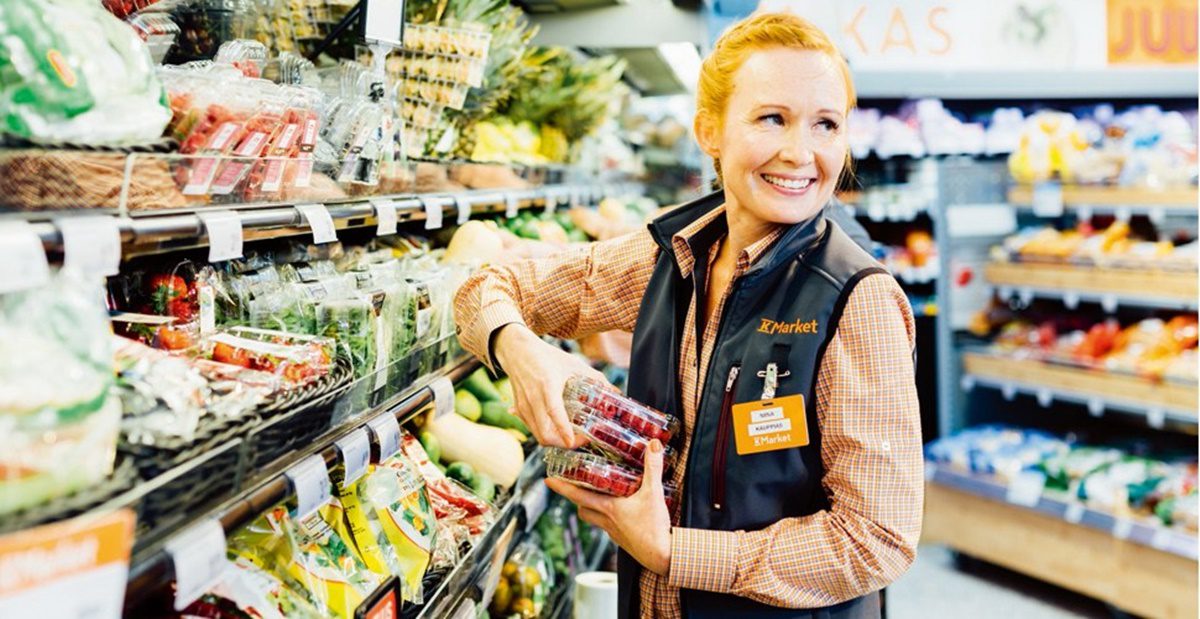The following are some of the functions of retailers in the marketing of goods:
- Estimate the probable demands of the consumers for various types of goods.
- Ascertain various types of goods from different wholesalers.
- Sale of various kinds of products to the consumers as and when needed.
- Physical distribution of goods from the wholesaler’s warehouses to their own stores.
- Storage of goods to maintain an uninterrupted supply of goods to the consumers.
- Assumption of risk of loss of goods by fire, theft, deterioration, etc. as long as they are not disposed of to the consumers.
- Extension of credit to some selected regular customers.
- Providing information about consumer tastes and preferences to wholesalers/manufacturers.
Read Also: Guide to Proper Physical Products & Services Distribution Tasks
Types of Retailers in Marketing

There is a wide variety of retail trading establishments. They vary from hawkers and peddlers to big departmental stores. Hawkers and peddlers move from door to door or to residential houses to sell their goods.
Pavement shops usually arrange their wares at busy street corners in all the streets in Lagos, Kano, Kaduna, Aba, etc.
Some traders sell their wares at weekly markets as applies to the rural markets in our communities in Nigeria for instance. Our discussion will be limited to some selected retail stores, namely:
1. Specialty Stores
Carry a narrow product line with a deep assortment with a limited line: apparel stores, sporting-goods stores, furniture stores, florists, and bookstores.
Specialty stores can be sub-classified by the degree of narrowness in their product line. A clothing store would be a single-line store; a men’s clothing store would be a limited-line store; and a men’s custom-shirt would be a super specialty store, etc.
2. Department Stores
Carry several product lines – typically clothing, home furnishing, and household goods with each line operated as a separate department managed by specialist sellers or merchandisers.
3. Supermarkets
Relatively large, low-cost, low-margin, high-volume, self-service operations designed to serve the consumer’s total needs for food, laundry, and household maintenance products.
Supermarkets earn an operating profit of only about 1% on their sales and 10% on their net worth.
Despite adamant competition from new and innovative competitors like superstores and discount stores, supermarkets remain the most frequently shopped type of retail store, by average citizens, especially among bankers, oil workers, politicians, etc.
4. Convenience Stores
Relatively small stores located near residential areas, open for hours, seven days a week, and carry a limited line of high-turnover convenience products. Their long hours and their accessibility by consumers mainly for fill-in purchases make them relatively high-price operators.
5. Catalogue-Showrooms
Sell a broad selection of high-mark-up, fast-moving, brand-name goods at discount prices. These include jewelry, power tools, cameras, suitcases, small appliances, toys, and sporting goods.
Customers order the goods through a catalog or visit the showrooms, and pick up these goods as and when visiting such stores. Catalog showrooms make their money by cutting costs and margins to provide low prices that will attract a higher volume of sales.
6. Cooperative Stores
Consumers sometimes come together to form cooperative societies to sell goods on a retail basis. The primary purpose is to eliminate middlemen and obtain their requirements at lower prices.
The capital is subscribed by the members through the purchase of shares of small denominations.
Cooperative stores purchase their requirements in bulk from manufacturers or wholesalers, thus enabling the cooperative stores to sell their products at lower prices than ordinary retailers.
It should be noted that there are other types of retail outlets as well.
Advantages
Consumers can be sure of the quality of goods in the sense that there is no possibility of adulteration practiced by some retailers in the private sector.
These stores are able to offer various products at more reasonable prices than most other retailers.
Consumers are assured of the availability of products even when there is an overall shortage in the market and also at reasonable prices.
Weakness
Consumers do not patronize these stores regularly. Large cooperative stores tend to suffer from all the drawbacks of bureaucratic management.
Brokers
A broker brings buyers and sellers together and assists in negotiation. Brokers are paid by the parties hiring them. They do not carry inventory, yet are involved in financing or assuming risk. The most familiar examples are food brokers, real estate brokers, insurance brokers, and security brokers.
A broker’s function is to aid in buying and selling, and for these services, they earn a commission on the selling price. A broker is an intermediary whose function is only to establish a link between the manufacturer and the customer.
Read Also: The Role of Middlemen in Marketing
Agents
Agents represent buyers or sellers on a more permanent basis. There are several types, for example, manufacturer’s agents which are the most common type of agent wholesaler. They represent two or more manufacturers of related lines.
They usually have a formal agreement with manufacturers: covering prices, territories, order-handling procedures, delivery and warranties, and commission rates. They know each manufacturer’s product line and use their wide contacts to sell products.
Most manufacturers’ agents are small entities, with only a few employees who are skilled salespeople. They are hired by small producers who want to open new territories or sell in areas that cannot support full-time salespersons.
Apart from the manufacturer’s agent, there are other types namely: Selling agents, purchasing agents, commission merchants, etc.
In conclusion, blood is vital in a people’s life, so also middlemen are inevitable in any economy, especially in developing countries like Nigeria where technologies for facilitating buying and selling of goods/services are still low.
The existence of middlemen in the distribution channels creates and actualizes the choices of consumers. Even though they are sometimes criticized as creating artificial scarcity, convenience and time saving created for consumers are issues to be reckoned with.
With an understanding of the retailing and wholesaling institutional structures as a foundation, marketing executives are in a position to design and manage distribution channel systems for their companies.
Read Also: The Importance of Channels of Distribution and Selecting an Appropriate Channel
